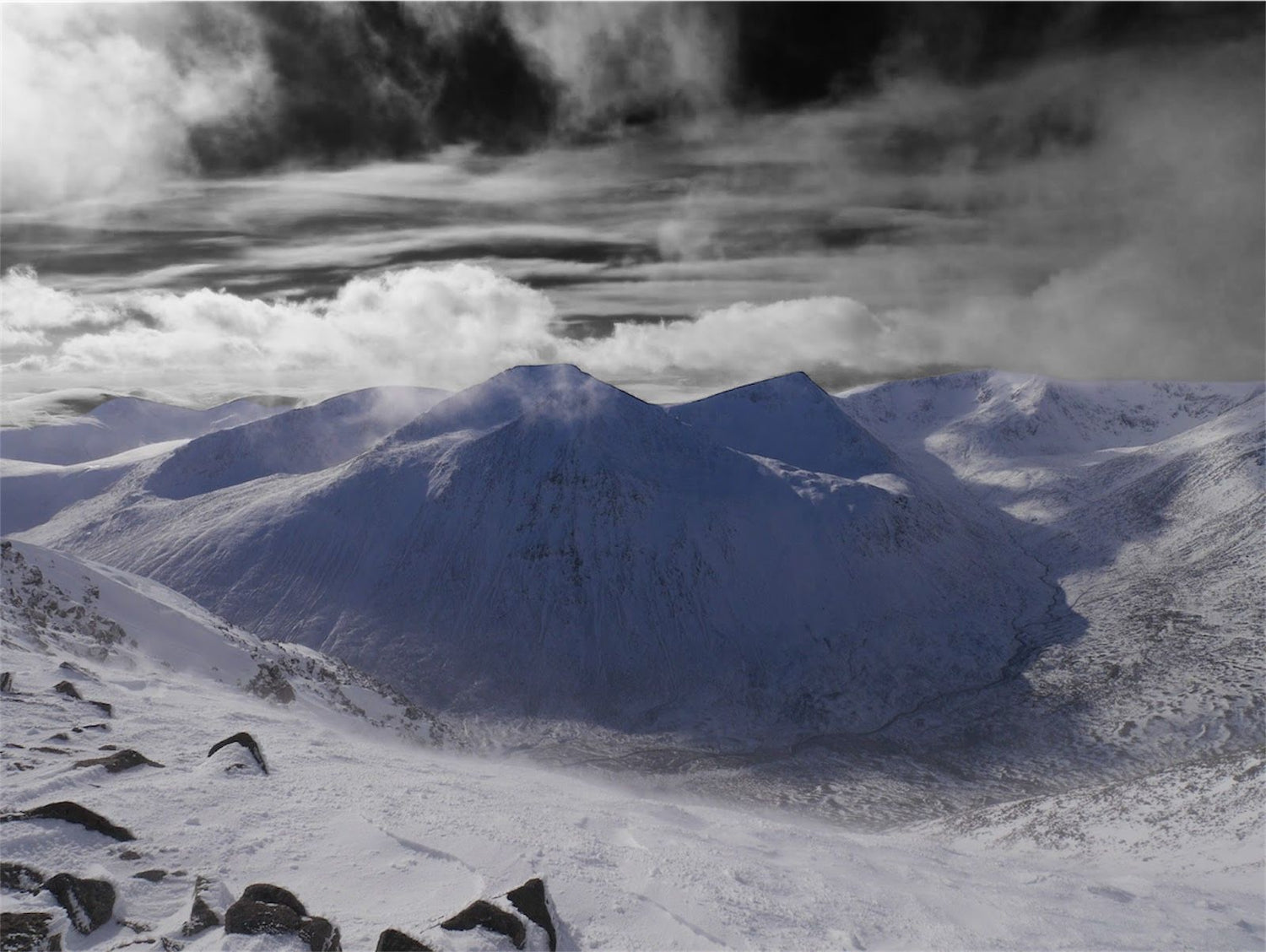What To Do If You Get Lost on a Hike or Mountain Trail
Published by Mark Lane, Founder
Hiking and mountain walking offer freedom, fresh air, and challenge. But even the most experienced outdoor enthusiasts can get lost on a hiking trail. Poor weather, fading daylight, or a wrong turn can quickly turn a relaxing hike into a stressful situation. While the thought of being lost in the mountains is unsettling, the good news is that preparation and calm decision-making can turn a potentially dangerous moment into a manageable one.
At Ocio Montaña, we believe exploring the outdoors should be safe, accessible, and enjoyable for everyone. Here are the best ways to stay safe if you become lost on a mountain trail.
Stay Calm and Stop Moving
The first and most important rule: don’t panic. Panic often leads to rushing ahead in the wrong direction, burning energy, and making the situation worse. Instead, stop where you are, take a deep breath, and give yourself a moment to think clearly. Staying calm is one of the most overlooked but vital hiking safety tips.
Check Your Position
Pull out your map, compass, or GPS device. Think back to your last confirmed landmark—where you knew exactly where you were. Trace your steps from there. Often, hikers realise they’ve only strayed slightly off course. If you’re using a smartphone app, check your battery level and switch on low power mode. Remember: phones are helpful, but they’re not fool proof when you’re lost while hiking.
Use the “STOP” Principle
A useful safety method in mountain rescue education is the STOP principle:
-
S – Stop: Don’t keep wandering, it wastes energy.
-
T – Think: What are your options? What resources do you have?
-
O – Observe: Check weather, time of day, terrain, and any hazards nearby.
-
P – Plan: Decide whether to stay put or carefully retrace your steps.
This approach is simple, memorable, and one of the best practices if you’re lost on a mountain trail.
Consider Your Options
-
If conditions are worsening (fog, heavy rain, or approaching darkness), it’s often best to stay where you are. Rescuers can reach you more easily if you’re stationary.
-
If visibility is good and you’re confident, carefully retrace your steps to your last known point. Mark the way with sticks or stones if it helps avoid confusion.
Make Yourself Visible
If you believe you’ll need help, visibility is key. Bright clothing, reflective material, or laying out gear in an open area can help rescuers find you. At night, a headtorch or flashing light is invaluable.
Remember the mountain distress signal: six loud whistle blasts or torch flashes, followed by a one-minute pause, then repeat. This is a universal rescue code for lost hikers.
Preserve Warmth and Energy
Mountains can get cold quickly, even in summer. Put on extra layers, a hat, or gloves. If you have a group, huddle together to share warmth. Eat small amounts of food regularly to keep your energy up and sip water to stay hydrated. Avoid alcohol, as it speeds up heat loss.
Call for Help if Needed
If you’re in the UK, dial 999 (or 112) and ask for Police, then Mountain Rescue. Provide as much information as possible: your location (grid reference or GPS coordinates), the nature of your emergency, and the condition of your group. Keep your phone switched to low-power mode to preserve battery while waiting. Knowing how to call for help is one of the most essential mountain safety tips.
Preventative Measures Before You Go
The best way to stay safe is to avoid getting lost in the first place:
-
Carry a map, compass, and know how to use them.
-
Tell someone your planned route and expected return time.
-
Pack a headtorch, extra food, and spare clothing.
-
Check the weather forecast before setting out.
-
Stick to your planned route, especially in poor conditions.
Simple habits like these are the foundation of hiking safety and reduce the chances of becoming a lost hiker.
Getting lost in the mountains is more common than many think—but it doesn’t have to end badly. Staying calm, assessing your options, and using survival skills can keep you safe until you find your way back or help arrives.
At Ocio Montaña, we believe that education is the best safety equipment you can carry. Respect the mountains, prepare properly, and remember: the goal of every hike is not just to reach the summit, but to return home safely.
Explore Without Limits!



